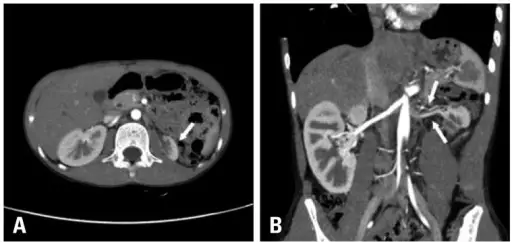Hypoplasia of the kidney is the condition of the kidney characterized by failure to develop into the normal anatomical size.
What is the Pathology of Hypoplasia of the Kidney?
The pathology of hypoplasia of the kidney is:
-Etiology: The cause of hypoplasia of the kidney is genetic factors, congenital, acquired as a result of vesicular infection,
-Genes involved: PAX2, RET, GDNF, WT1 (Wilms tumor 1), wnt-4 genes.
-Pathogenesis: The sequence of events that lead to hypoplasia of the kidney result from arrested development of kidney tissues at 14- 20 gestational weeks.
-Morphology: The morphology associated with hypoplasia of the kidney shows small kidneys with hypertrophied and reduced number of nephrons.
-Histology: The histology associated with hypoplasia of the kidney shows few tubules, loose interstitial tissue, no/rare glomeruli and little or/no inflammation.
How does Hypoplasia of the Kidney Present?
Patients with hypoplasia of the kidney typically have a male predominance present at age range of prenatally and at childhood. The symptoms, features, and clinical findings associated with hypoplasia of the kidney include polyuria, polydipsia, proteinuria, short stature, and tapetoretinal dystrophy.
How is Hypoplasia of the Kidney Diagnosed?
Hypoplasia of the kidney is diagnosed through laboratory studies such as urinalysis proteinuria present, BUN, electrolyte and creatinine levels, hematocrit level. Imaging studies such as renal ultrasonography shows small sized kidneys.
How is Hypoplasia of the Kidney Treated?
Hypoplasia of the kidney is treated through medical supportive care, angiotensin-converting enzyme inhibitors. Surgical care and kidney transplant may be needed.
What is the Prognosis of Hypoplasia of the Kidney?
The prognosis of hypoplasia of the kidney is fair. A progressive disorder associated with kidney failure.



